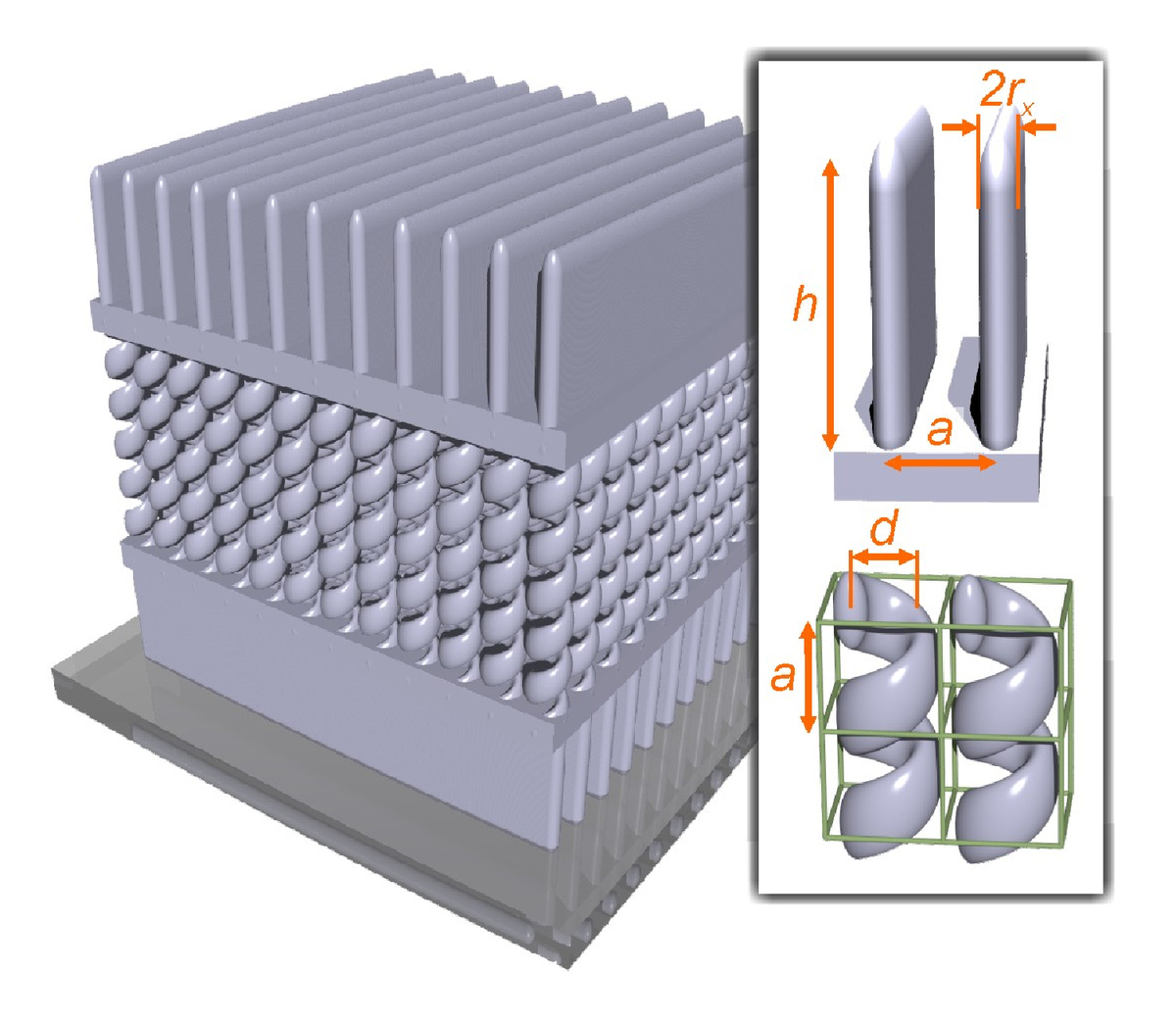Contents

Source: optoelectronics.eecs.berkeley.edu
Understanding Photonic Crystals
What are Photonic Crystals?
Photonic crystals are optical materials with a periodic nanostructure that alters the refractive index at the scale of the optical wavelength. These structures can create unique optical properties, such as complete photonic band gaps, which are crucial for various applications in photonics.
Analogy with Electrons in Crystalline Media
In the early 20th century, the properties of solids were elucidated by studying electron wave functions in periodic electrostatic potentials created by atomic arrangements in crystals. Bloch functions describe the electron states in these potentials, leading to energy bands and band gaps, influencing properties like electrical conduction and optical absorption.
Photon States in Periodic Media
Similar to electrons in crystals, photons in photonic crystals exhibit Bloch waves with complex electric field amplitudes. Photonic band gaps in these structures prevent light propagation within specific frequency ranges, enabling effects like slow light, negative refraction, and superprism effects.
Dimensions of Photonic Crystals
One-dimensional Photonic Crystals
One-dimensional periodic structures, like dielectric multilayer stacks, serve as the basis for understanding fundamental photonic crystal properties. These structures can exhibit band gaps, influencing light propagation and reflection.
Two-dimensional Photonic Crystals
Two-dimensional photonic crystals have periodicity in two spatial dimensions, often realized in hexagonal structures. Designing complete band gaps in 2D structures is challenging but crucial for applications requiring omnidirectional reflection and waveguiding.
Three-dimensional Photonic Crystals
Three-dimensional photonic crystals present additional challenges in fabrication due to their intricate structures. Techniques like layer-by-layer assembly, holographic lithography, and self-assembled colloidal crystals are used to create these complex structures with complete band gaps.
Special Effects and Applications
Special Effects
Photonic crystals exhibit unique phenomena like slow light, negative refraction, ultra-refraction, superprism effects, subwavelength imaging, and autocollimation. These effects stem from the manipulation of light propagation within the photonic crystal structures.
Applications of Photonic Crystal Structures
Photonic crystals find applications in quantum optics research, single-mode LEDs, photonic integrated circuits, micro-resonators, waveguides, and optical communication systems. By tailoring the optical properties of photonic crystals, various devices with enhanced functionalities and performance can be realized.

Source: KIT – CFN
Feel free to comment your thoughts.



